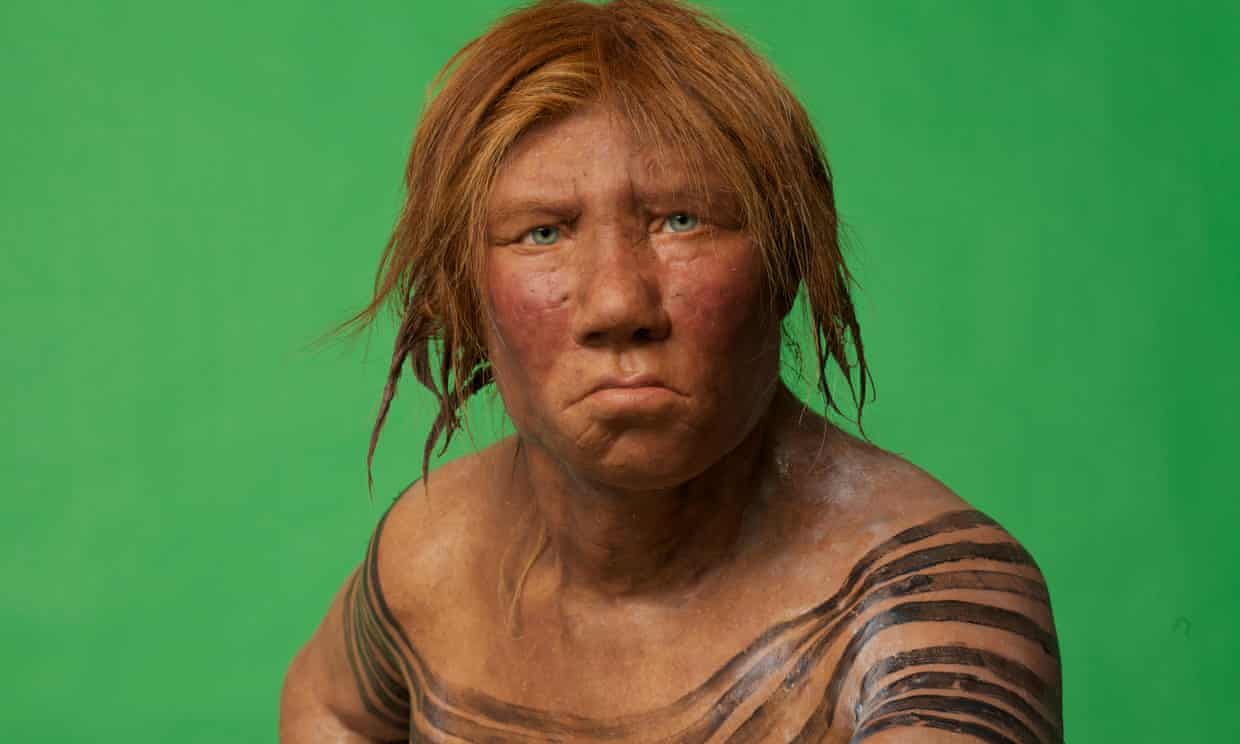Head and shoulders of a sculpted model of a female Neanderthal.
Photograph: Alamy
Keeping pace with new developments in the field of human evolution these days is a daunting prospect. It seems as though every few weeks there’s an announcement of exciting new findings from hominin fossils, or the recovery of an ancient genome that significantly impacts our understanding of our species’ history.
The best way to keep up is by regularly revisiting and reassessing a few core questions. When and where did our species first appear? How and where did we migrate? What was our relationship to our (now-extinct) hominin relatives? What evolutionary and cultural factors influenced our histories? How do new findings change the answers to these questions? Are they generally accepted by the relevant community of experts, or are they provisional or controversial?
This month’s challenge is to understand the significance of a recently publishedNeanderthal mitochondrial genome from a femur that was excavated in 1937 from the Hohlenstein-Stadel (HST) cave site in southwestern Germany. This new genome brings the total number of Neanderthals from whom we have genetic information to eighteen.
Read the rest of this article...

No comments:
Post a Comment
Note: Only a member of this blog may post a comment.